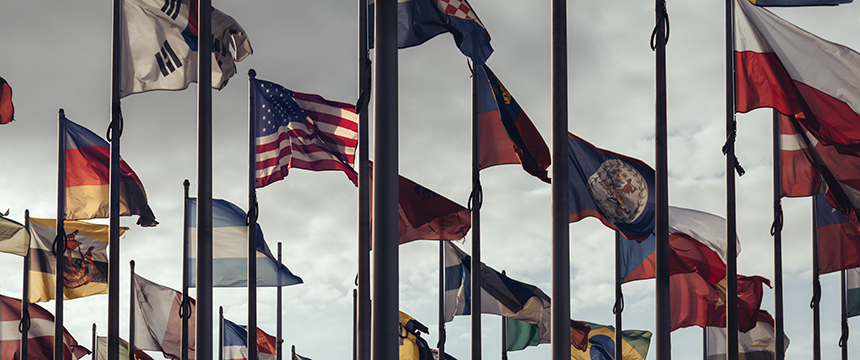
Even experienced importers can miss some common Customs housekeeping issues. Here are five periodic Customs best practices that you should confirm have occurred at your company if you frequently import:
- Request Census Bureau Data: The Export Administration Regulations (EAR) require that exporters maintain certain information regarding exports for a period of five years after the time of exportation. To help comply with this requirement, it is a good idea to request Census Bureau data for the prior 12 months once a year.
- Review the Adequacy of Your Continuous Entry Bond: CBP monitors the sufficiency of continuous entry bonds to determine if the bond covers likely import activity. CBP determinations of inadequacy can result in increases in the bond amount over a short period of time (15 days). Failure to comply can result in CBP declaring the bond insufficient, thereby forcing the use of more expensive single-entry bonds.
- Review the Principals on the Each Continuous Entry Bond: Companies should consider whether it makes sense to include multiple entities on the same bond. While doing so allows for bond savings, each entity is jointly and severally liable and responsible for paying any claim regardless of which entity is at fault. Any one of the entities can terminate the bond at any time, which can cause problems if the management of the bond is not coordinated.
- Update Names and Addresses on File with CBP: Under new procedures, CBP now maintains an importer of record program that seeks to monitor more closely companies that import, as a means of preventing fly-by-night importers who seek to evade duties (particularly antidumping and countervailing duties). CBP uses name and contact information from Form 5106 to communicate with importers. Importers should review the information on file with CBP to ensure the accuracy of all information and that it meets new importer tracking requirements.
- File a Data Confidentiality Request Every Two Years: Much of the information filed as part of the entry process is available for review by companies such as PIERS and Panjiva, which gather it together and sell it, including to competitors. By filing a government confidentiality request and keeping it up to date, importers can take steps to keep import data confidential.
If you have questions or concerns about this article, please feel free to reach out to the author or your Foley & Lardner attorney. Would you like more practical compliance tips like these? Click Here to Register for our email list to receive future biweekly emails and practical international regulatory compliance tips.
To view all articles in our “What Every Multinational Company Needs to Know” series, click here.
Author(s)
Related Insights
23 December 2024
Labor & Employment Law Perspectives
Regulating Artificial Intelligence in Employment Decision-Making: What’s on the Horizon for 2025
Share on TwitterShare by EmailShareBack to topEmployment law in 2024 could aptly be summarized as the “Year of Artificial Intelligence Legislation.
23 December 2024
Injunction Stayed: Corporate Transparency Act Enforcement Resumes
The U.S. Department of Justice scored a victory in ongoing litigation over the constitutionality of the Corporate Transparency Act (CTA) when the Fifth Circuit Court of Appeals stayed the nationwide preliminary injunction issued earlier this month by a federal district court in Texas.
23 December 2024
Health Care Law Today
Medicare Telehealth Flexibilities Get a Three-Month Lifeline
Share on TwitterShare by EmailShareBack to topAfter much uncertainty, Congress has extended many Medicare telehealth flexibilities through March 31, 2025, in its end-of-year appropriations bill.
